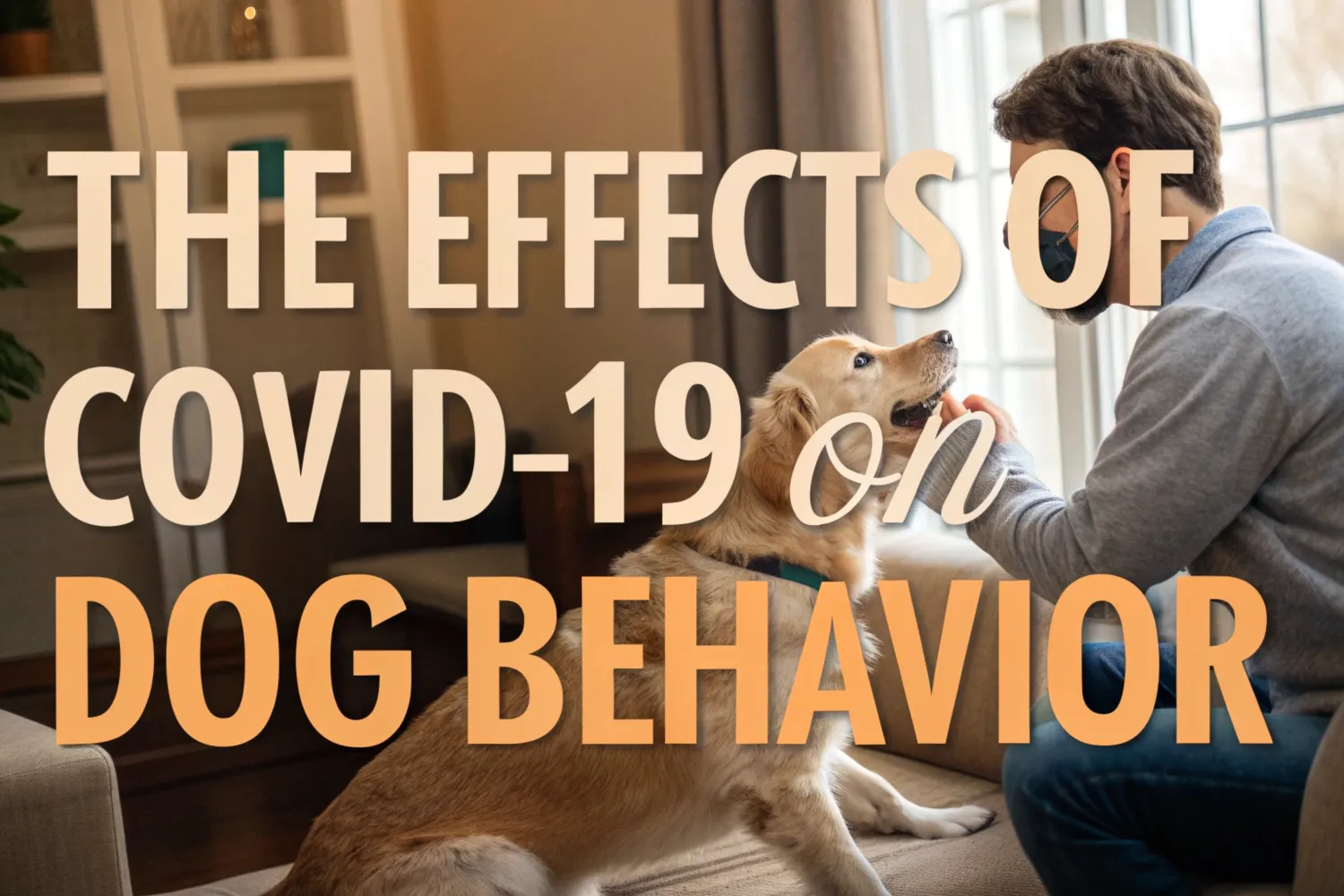There is no denying that COVID-19 had an impact on society from a health perspective, as well as social. This pandemic also had an impact on our pets, specifically dogs. Dogs have been bred for generations to be social, they need it; and they thrive on it. As a specialist in canine behaviors and working in this field for over 40 years, I’ve seen a significant shift in dog behavior since the pandemic started. Dogs were emotionally affected by COVID-19 much more than we ever thought possible.
As early as 6 months into the pandemic, our canine behavioral consultations took a noticeable shift that could only be attributed to the same social isolation that humans were experiencing. Over 50% of all dogs we evaluated during the COVID-19 years of 2020 and 2021, displayed a significant shift in behaviors. We noticed young dogs first, and then, as the pandemic continued, even older dogs exhibited behaviors such as fear and territorial aggression, predatory aggression towards small animals and children, as well as basic antisocial behavior/lack of social skills. We also observed dogs displaying fear of inanimate objects (trees, trash cans, etc.), alpha struggles between owners and their dogs, and a severe lack of manners/obedience. Even in normally confident dogs, we observed new behaviors such as hiding in closets and under beds for no apparent reason.
Most of our behavioral data was collected on dogs between 6 months and 6 years of age.
Another interesting fact was that approximately 25% of the owners we were working with were new to dog ownership. These well-intended people got a dog as a buddy since they too needed companionship during this very antisocial period. This is the single highest increase in dog ownership I’ve experienced in over 40 years of working with dogs.
These new owners introduced a new dynamic into the mix called “anthropomorphism”, simply, the over-humanizing of animals. It added a new twist to the cases seen causing yet more issues with our fur friends. New dog owners did not account for all the behavior issues described above, our cases were only 25% attributable to them. The data suggested there was something much bigger causing these behavioral changes.
There is no question in a behaviorist’s mind that isolating a dog away from other dogs, friends, and family caused issues with a number of them due to dogs’ instinctive wiring. We were able to prove this theory by systematically changing their social life over time. Most responded well to a new social stimulation plan. Under carefully monitored coaching, new social conditions were introduced where the dogs could meet those scary people and dogs that triggered the fears causing the initial negative reactions. In more extreme cases, we interrupted the negative behavior first before introducing new social skills. Our data suggested that in all the behavior cases mentioned earlier, a careful, systematic conditioning approach was best. The idea in most cases was to re-introduce these dogs to normal life at a slow, steady pace. We succeeded in recovering most of the dogs with the proper behavior plan.
If you suspect your dog is exhibiting signs of COVID-19 related behaviors, it is imperative that you consult with an animal behaviorist, specifically focusing on canines, as they will be able to diagnose and recommend a customized plan for your dog’s condition. Most of these cases can be very complex.
Dogs are truly and without question, “man’s best friend”, even being called upon to help emotionally and otherwise during a worldwide pandemic, and they rose to the occasion. It’s also wonderful to see all the new dog owners, especially those people who have worked through this pandemic personally and with their dogs. We owe it to our dogs to be consistent and to be the loving owners we are intended to be. Practice the Marine motto of “no man (dog) left behind”. Work with them, they deserve it. They helped us through a difficult time, and now help them through theirs.



